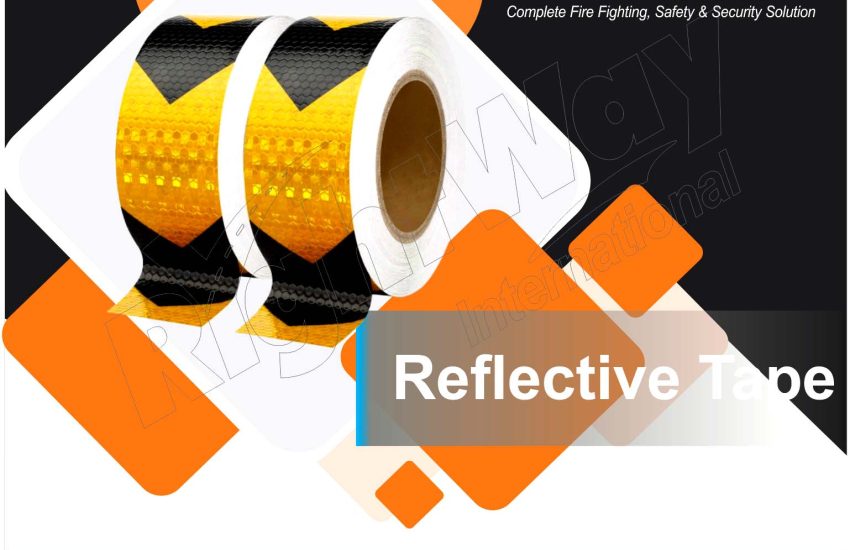Reflective Tape is a vital safety tool used to improve visibility and reduce the risk of accidents in a wide range of environments. From roadways and vehicles to personal protective equipment, this tape helps make people and objects easier to see—especially in low-light conditions. This article outlines what this tape is, its functions, types, benefits, and best practices for using it effectively.
What Is Reflective Tape?
this tape is an adhesive material designed with a surface that reflects light back to its source. This reflective property makes objects more visible at night or during poor weather conditions. It is widely used in safety applications, including on road signs, vehicles, workwear, and hazardous zones.
Functions of Reflective Tape
1. Enhancing Visibility
Reflective tape increases the visibility of surfaces and objects, making them easier to spot. This is especially useful for alerting drivers and pedestrians in dark or foggy environments.
2. Improving Safety
By making hazards more noticeable, this tape helps prevent accidents. You’ll find it commonly used in construction zones, on industrial equipment, and on emergency vehicles.
3. Assisting Identification
Organizations use reflective tape to mark equipment, pathways, or hazardous areas. It helps people identify important objects and navigate spaces more safely.
4. Providing Warnings and Guidance
Reflective tape also acts as a visual cue in dangerous areas. For instance, it may be used to outline emergency exits, stairways, or restricted zones.
Types of Reflective Tape
Glass Bead Reflective Tape
This type uses embedded glass beads to reflect light. It is ideal for signs and vehicles that require moderate visibility.
Micro-Prismatic Reflective Tape
Made with tiny prisms, this tape reflects light more efficiently than glass bead versions. It’s used in high-traffic areas or on safety clothing for maximum visibility.
Engineering Grade Reflective Tape
Durable and easy to apply, this general-purpose tape works well for road signs and low-light applications.
High-Intensity Reflective Tape
With strong reflectivity, this tape is perfect for emergency vehicles and construction machinery that require extra visibility.
Retro-Reflective Tape
Retro-reflective tape sends light directly back to its source, even at sharp angles. It’s commonly used on highways and moving vehicles.
Benefits of Reflection Tape
- Improves Safety: It helps prevent collisions and injuries by making hazards more visible.
- Boosts Visibility: this tape stands out in darkness, fog, or rain.
- Versatile Use: You can apply it to metal, plastic, fabric, or other materials.
- Budget-Friendly: Compared to other safety options, it’s an affordable solution.
- Durable: Many types withstand UV rays, moisture, and extreme temperatures.
Best Practices for Using Tape
Apply It Correctly
Before applying the tape, clean and dry the surface thoroughly. Smooth it down without wrinkles or air bubbles for the best results.
Choose the Right Type
Match the tape to your needs. Use micro-prismatic or high-intensity tape in areas where high visibility is critical.
Maintain It Regularly
Inspect the tape for wear or fading. Replace any sections that no longer reflect properly.
Follow Safety Guidelines
Use tape that complies with industry or government standards, especially for traffic signs and workwear.
Combine with Other Measures
Use this tape alongside other safety tools, such as lights or signs, to improve overall visibility.
Conclusion
This tape is an effective, low-cost way to enhance visibility and improve safety across many environments. By understanding its various types and following best practices for use, you can reduce the risk of accidents and ensure better awareness in low-light conditions. Whether you’re marking equipment, clothing, or roadways, this tape plays a key role in any safety plan.


